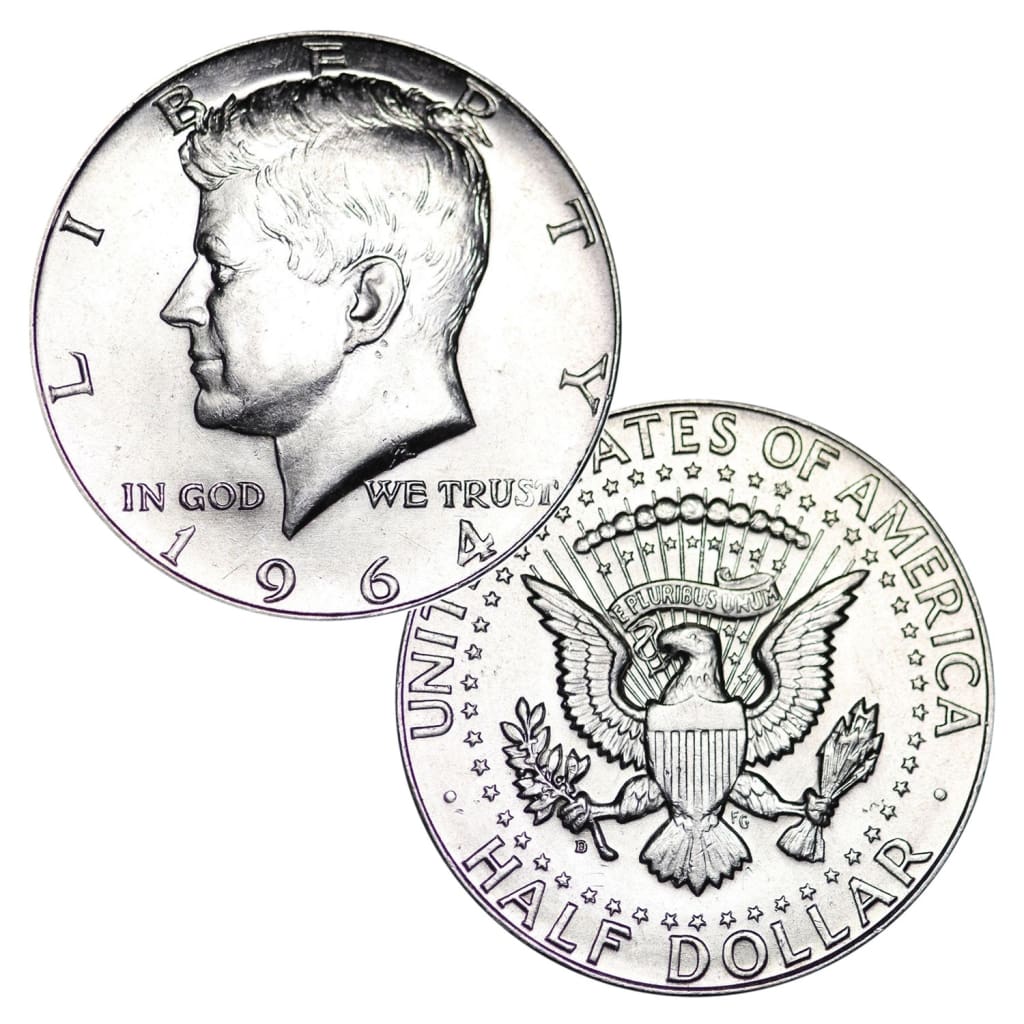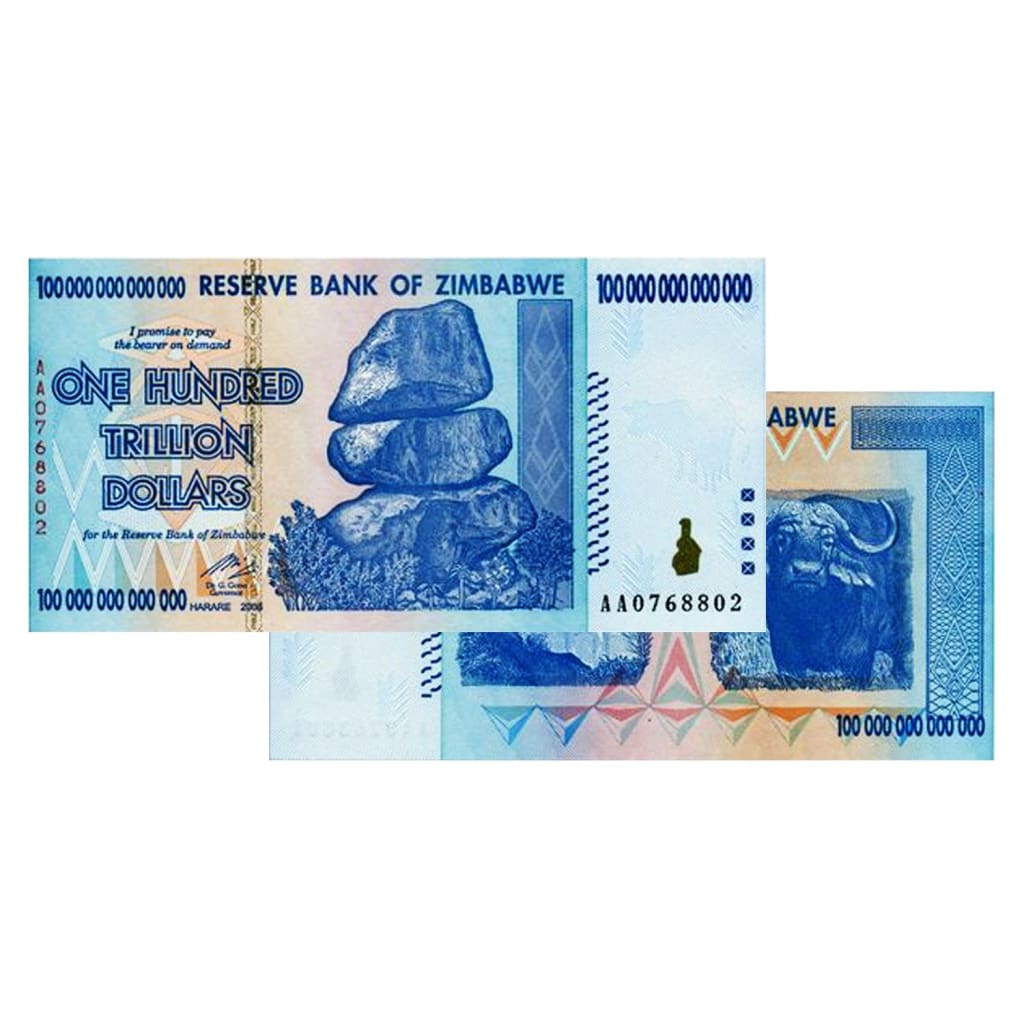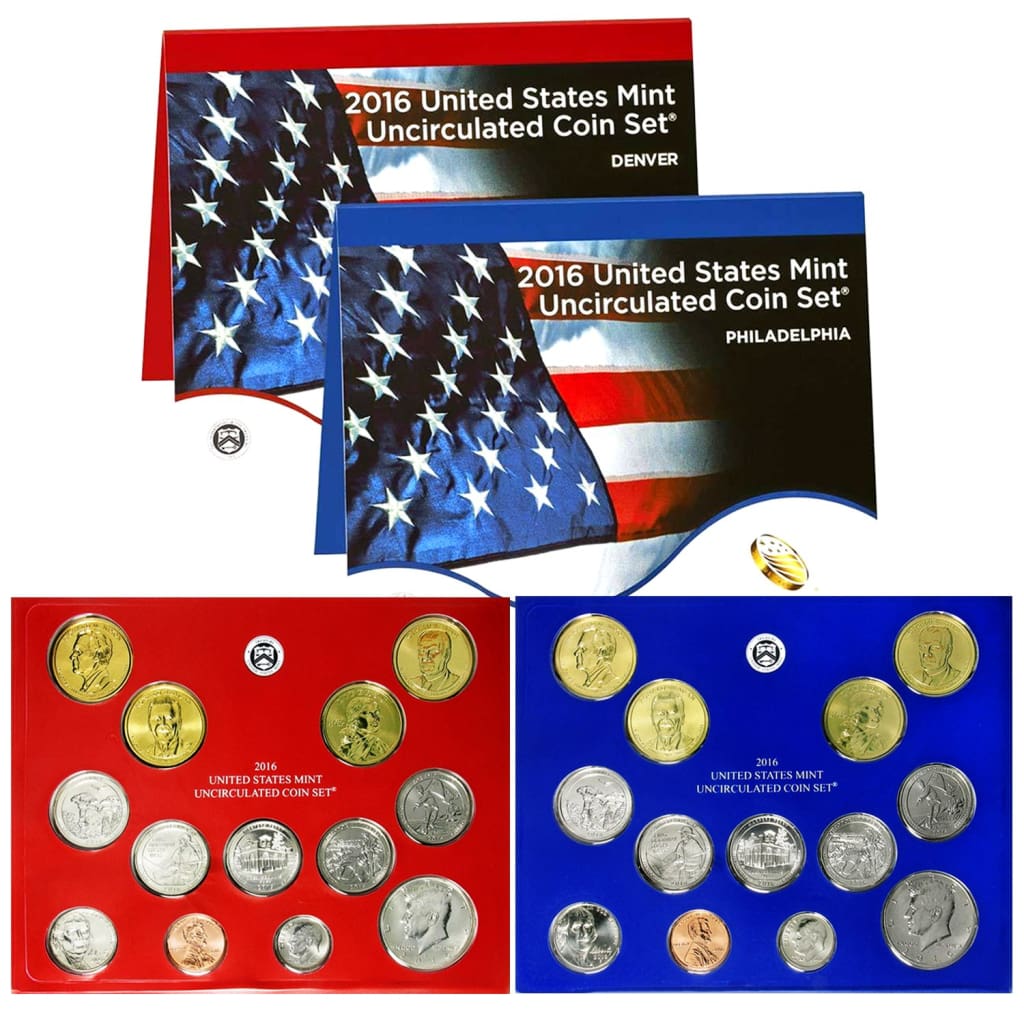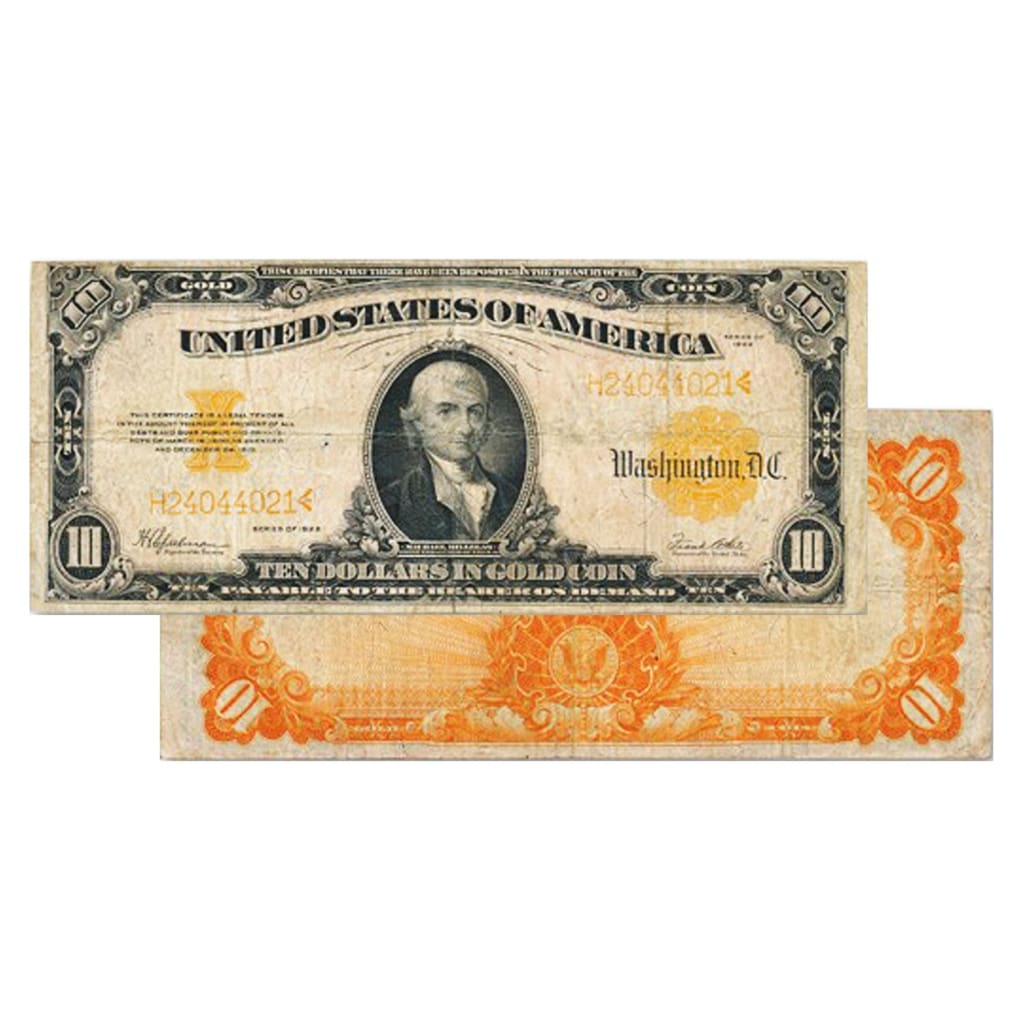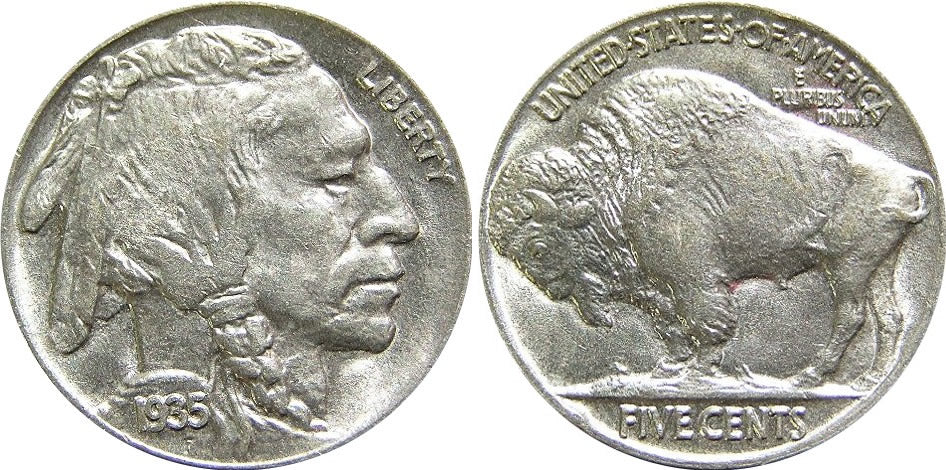The Buffalo Nickel, also known as the Indian Head Nickel, is more than just a piece of American currency. It is a reflection of the nation's identity at a time of rapid change, encapsulating both a reverence for Native American culture and the untamed spirit of the American West. Designed by sculptor James Earle Fraser and minted from 1913 to 1938, the Buffalo Nickel remains one of the most iconic and beloved coins in U.S. history.
A Vision Rooted in Childhood Memories
James Earle Fraser grew up on the American frontier during the late 19th century, a period when Native American culture was increasingly under threat. Fraser spent his formative years in Minnesota and South Dakota, where he witnessed firsthand the struggles and dignity of Native Americans. These early experiences left a lasting impression on him and directly influenced his artistic career.
Fraser was deeply affected by the stark contrast between the natural world he cherished and the encroaching industrialization he observed. His appreciation for the "old ways" of the American West led him to focus on themes of natural beauty and indigenous heritage throughout his body of work. When commissioned to design a new five-cent piece, Fraser saw an opportunity to capture the vanishing spirit of the American frontier. He sought to create a design that was "distinctly American," a phrase that would later become synonymous with the Buffalo Nickel itself.
The Native American Portrait: A Composite Icon
The obverse (front) of the Buffalo Nickel features a striking profile of a Native American chief. Contrary to popular myth, the image was not based on a single individual but rather a composite of several Native American leaders. Fraser mentioned that the portrait combined features from three different men: Chief Iron Tail of the Lakota Sioux, Chief Two Moons of the Cheyenne, and, possibly, a third figure whose identity remains uncertain.
Chief Iron Tail was a celebrated figure who toured extensively with Buffalo Bill's Wild West Show, symbolizing Native American resilience and cultural pride. Chief Two Moons was a Cheyenne leader who fought in the Battle of the Little Bighorn. By blending elements from multiple chiefs, Fraser intended to create a universal representation of Native American dignity and strength, rather than a direct likeness of any one person. This decision imbued the coin with a timeless, archetypal quality that continues to resonate today.
Interestingly, Fraser faced criticism for his depiction, as some felt it exaggerated Native American features. Nevertheless, the portrayal remains one of the most powerful and authentic images ever struck on U.S. coinage, earning lasting admiration.
The American Bison: A Symbol of the Frontier
On the reverse side of the coin, Fraser depicted a massive American Bison, commonly referred to as a buffalo. The model for this figure was "Black Diamond," a bison housed at the Bronx Zoo in New York City. However, some historians suggest that Black Diamond may have originated from the Central Park Zoo, leading to ongoing debate about the animal's true origin.
The choice of the buffalo was no accident. During Fraser's youth, the American bison population had been devastated, nearly driven to extinction by westward expansion and overhunting. Where tens of millions of bison once roamed, by the late 19th century fewer than a thousand remained. The inclusion of the buffalo on the coin served as both a tribute and a poignant reminder of what was lost during America's growth.
Moreover, Fraser's depiction captures the rugged, untamed strength of the animal, a fitting metaphor for the spirit of the early American frontier. The stance of the bison—head lowered, muscles tensed—evokes a sense of endurance and perseverance, qualities Fraser admired.
Challenges and Changes
Despite its popularity, the Buffalo Nickel was plagued with production issues. The coin's high-relief design made it susceptible to rapid wear, particularly on the date and denomination. Mint workers complained about the difficulty of striking the coin, and the worn dates made circulation tracking problematic.
In 1916, slight modifications were made to the design to improve durability, but problems persisted. Fraser flattened some of the high points and repositioned the denomination slightly. Even so, the changes only marginally improved the coin's lifespan in circulation.
Ultimately, the Buffalo Nickel was replaced by the Jefferson Nickel in 1938, ending a 25-year run. The transition was part of a broader movement toward sleeker, more modern coin designs that could withstand the demands of everyday commerce. Nevertheless, the Buffalo Nickel had already cemented its legacy as a symbol of American artistry and identity.
Collectibility and Value Today
Buffalo Nickels remain highly sought after by collectors. Key dates, such as the 1913 "Type 2" nickels—which featured a redesigned mound under the bison—and the elusive 1918/7-D overdate are especially prized. High-grade examples can fetch thousands of dollars at auction, depending on their condition and rarity.
In addition to their numismatic value, Buffalo Nickels have found a special place in American pop culture. They have been featured in films, songs, and literature as symbols of rugged Americana. Even today, modern commemorative coins and bullion pieces pay homage to Fraser's original masterpiece, underscoring its enduring appeal.
Lasting Legacy
Today, the Buffalo Nickel remains a favorite among collectors and historians alike. Its rugged beauty, emotional depth, and historical significance have ensured its place not just in numismatic circles but also in the broader tapestry of American culture.
From its tribute to Native Americans and the American West to the personal memories of a frontier sculptor, the Buffalo Nickel is more than currency. It is a miniature work of art that tells a uniquely American story—one that still captivates nearly a century later.
By choosing to honor the spirit of a vanishing America, James Earle Fraser gave future generations a tangible connection to a bygone era—an era of wild landscapes, proud peoples, and untamed freedom. The Buffalo Nickel remains not just a relic of the past but a reminder of the values and history that continue to shape the American spirit.


